Cart abandonment rates for retailers tend to fluctuate over time, for various reasons. One reason for this is sales events – discounts and promotions tend to have a big effect on abandonment.
This chart, showing abandonment rates for the first six months of 2019, illustrates this point.
Abandonment rates for all six retail verticals shown here dip in January 2019, before rising again in February.
The simple explanation is that January is when most retailers have post-Christmas sales, with plenty of attractive deals for shoppers. This means they’re less likely to abandon, and overall abandonment rates decrease.
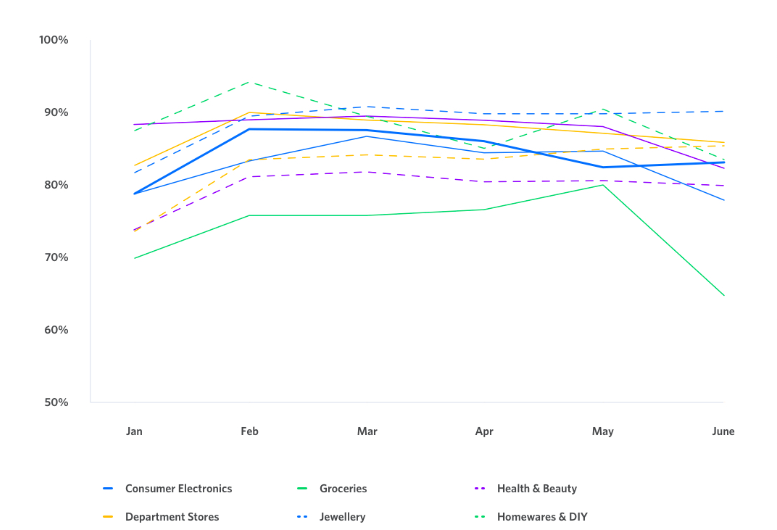

Abandonment rates can also be affected by seasonal events and buying habits.
For example, abandonment rates for Homewares & DIY retailers start to fall around February/March, and are lowest around the beginning of April.
This is a traditional period for DIY and homeware purchases, as the coming of Spring coincides with more outdoor activities for shoppers.
Using data from Black Friday 2018, we can see how sales events affect shopping habits.
This chart uses SaleCycle data to show shopper behaviour on Black Friday weekend and the week leading up to it.
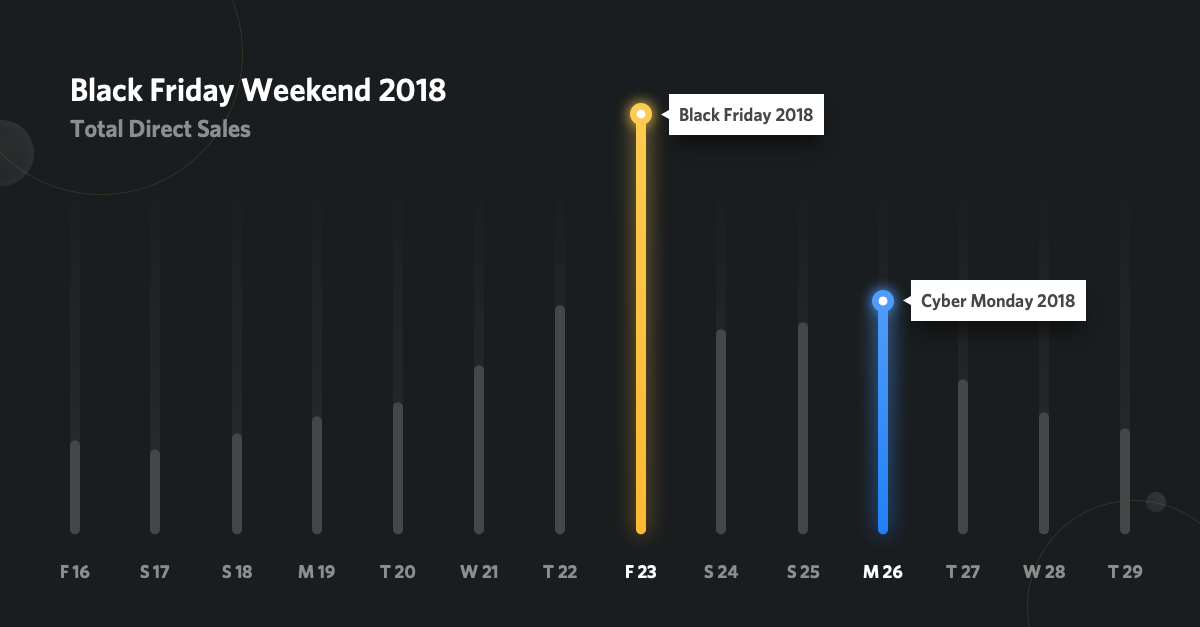

We can see sales build up in the days leading up to Black Friday, before peaking on the day itself.
Looking at abandonments, there’s a similar pattern, with the numbers of abandonments building steadily up to Black Friday weekend.
This may look like a lot of abandonments, but they build up in proportion to the traffic. So, while there are more abandonments on Black Friday, the traffic has grown at a similar rate.
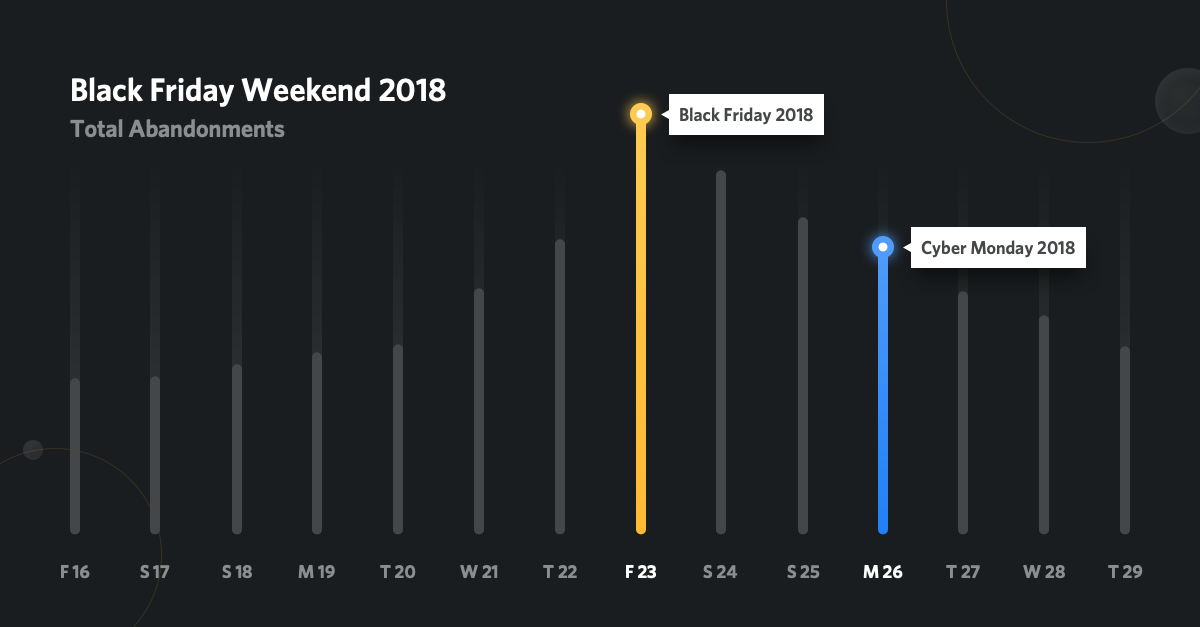

If we look at abandonment rates, we can see how they fall on the day on Black Friday and dip again on Cyber Monday.
On the Friday before, average abandonment rates are 85.1%, but they fall to 80.9% on Black Friday, and 82.8% on Cyber Monday. For context, the average abandonment rate for H1 2019 was 84%.
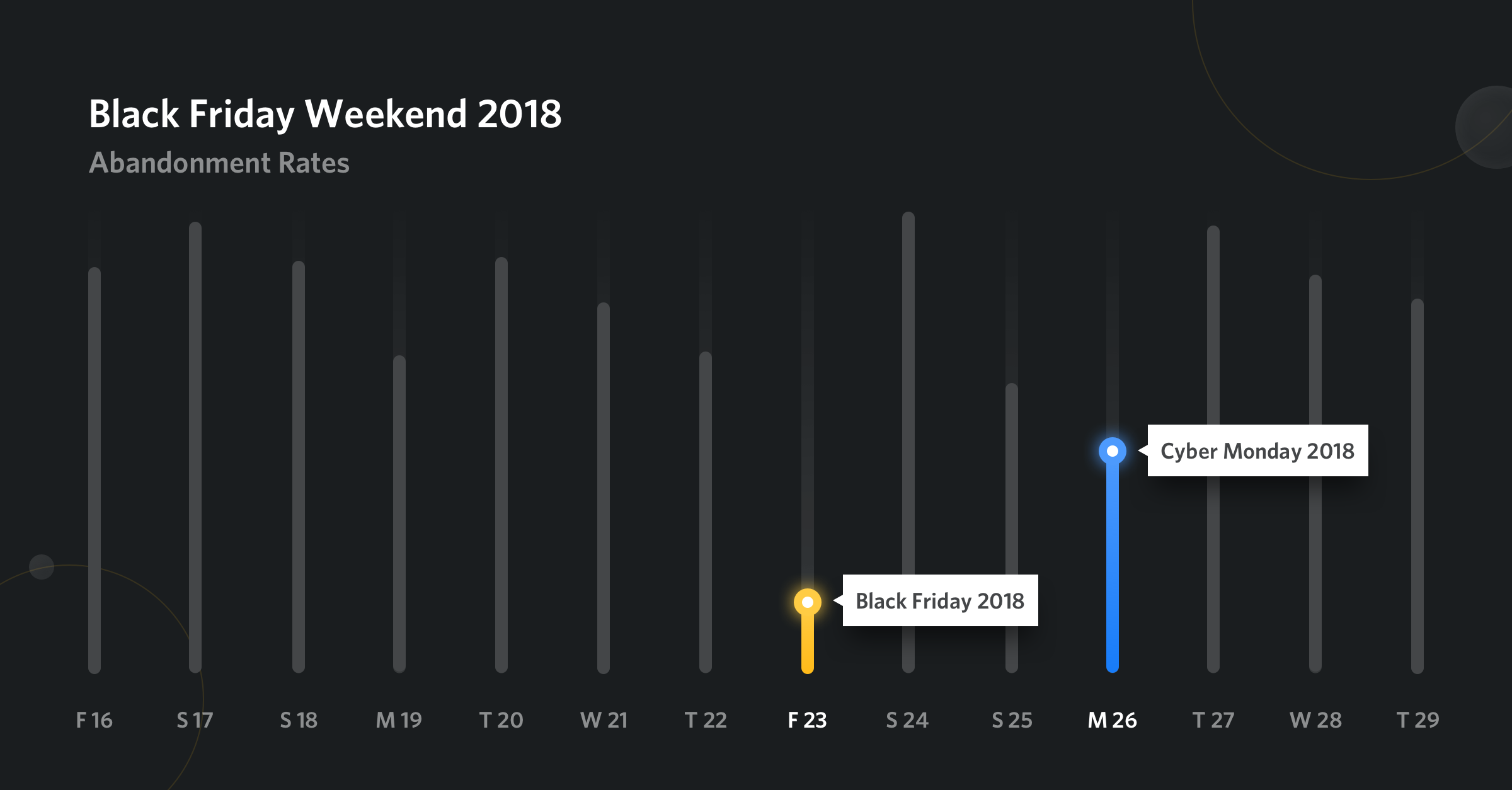

The stats suggest that abandonment rates are higher just before sales events as people know they’re likely to get a better deal if they wait.
As stats from Google show, price and related factors such as free delivery and promotions are the biggest influences on consumers buying online (the same is true for UK shoppers).
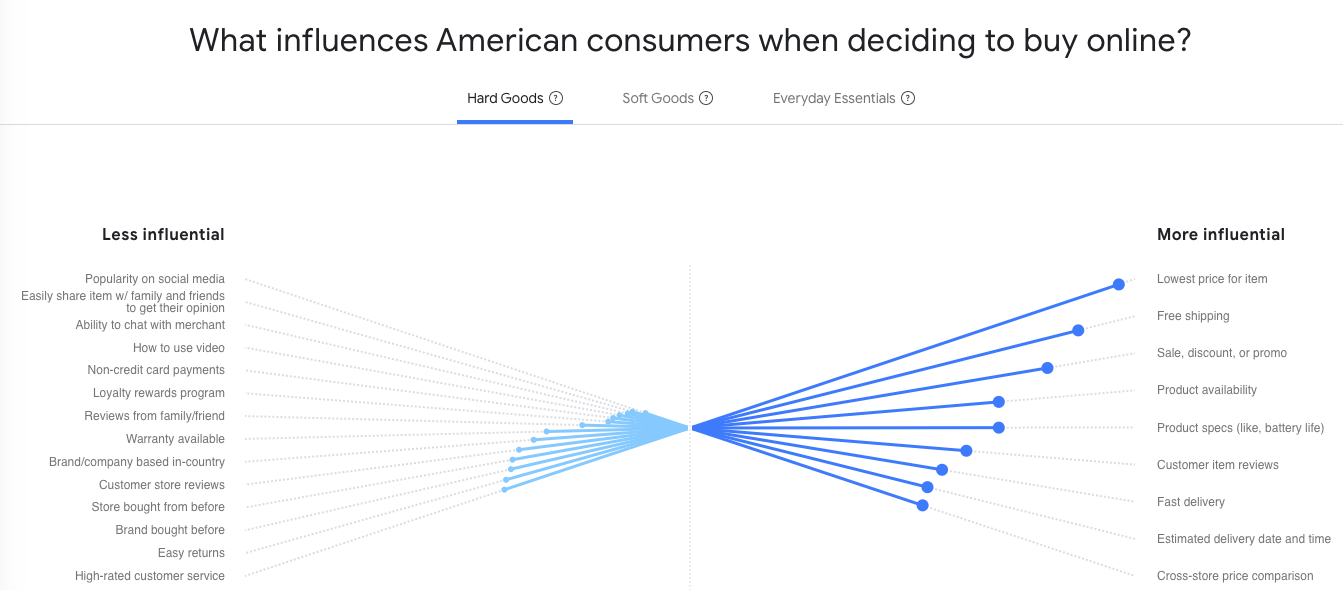

These factors also influence abandonment rates. If customers think they are getting the best price they can, they’re less likely to abandon, and so abandonment rates dip. This is the case for both Black Friday and Cyber Monday.
The urgency and scarcity associated with sales also helps to bring down abandonment rates. If shoppers really want a product, but have a limited time to buy it at a certain price, they’re less likely to abandon.
Retailers can play on this by reminding customers that sales are time-limited and they may need to decide quickly or risk missing out.
Countdown timers are one way to reinforce the urgency, showing customers that they have a limited time to take advantage of special offers.
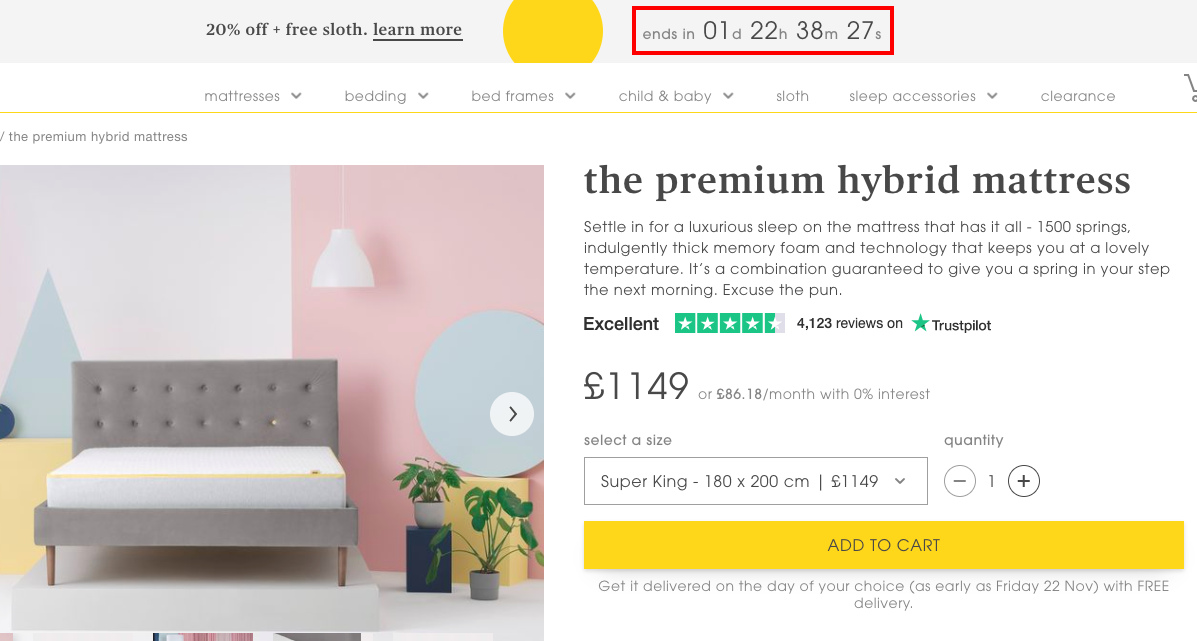

Countdown timers can be very effective at any time, but they can produce even better results during sales periods.
We studied six clients who used countdown timers in and around Black Friday 2018, and found they helped to increase overall conversion rates by more than 200%.
For retailers looking to drive sales in advance of Black Friday, the tendency for many people to wait for the bigger discounts they think will come around Black Friday weekend can be a challenge.
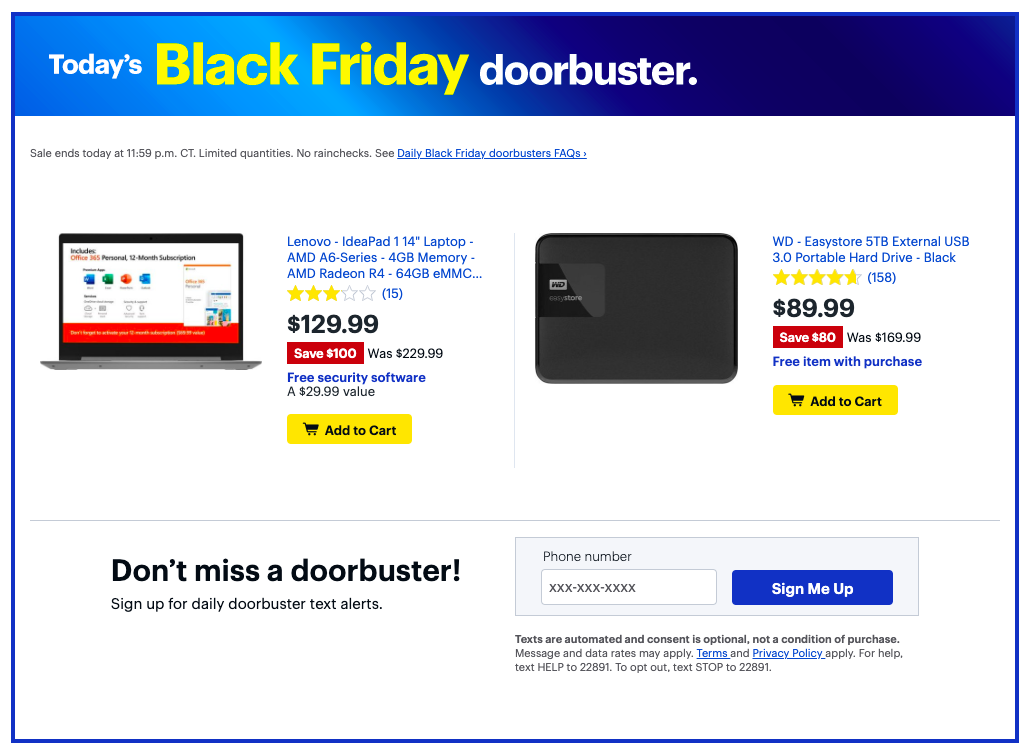

One of the ways to reduce cart abandonment rates before Black Friday is to offer exclusives or one day only discounts as Best Buy does with its ‘doorbuster’ deals.
Even if shoppers do abandon before Black Friday, basket abandonment emails can be used to tempt shoppers back, or even to keep your brand in mind in the run up.
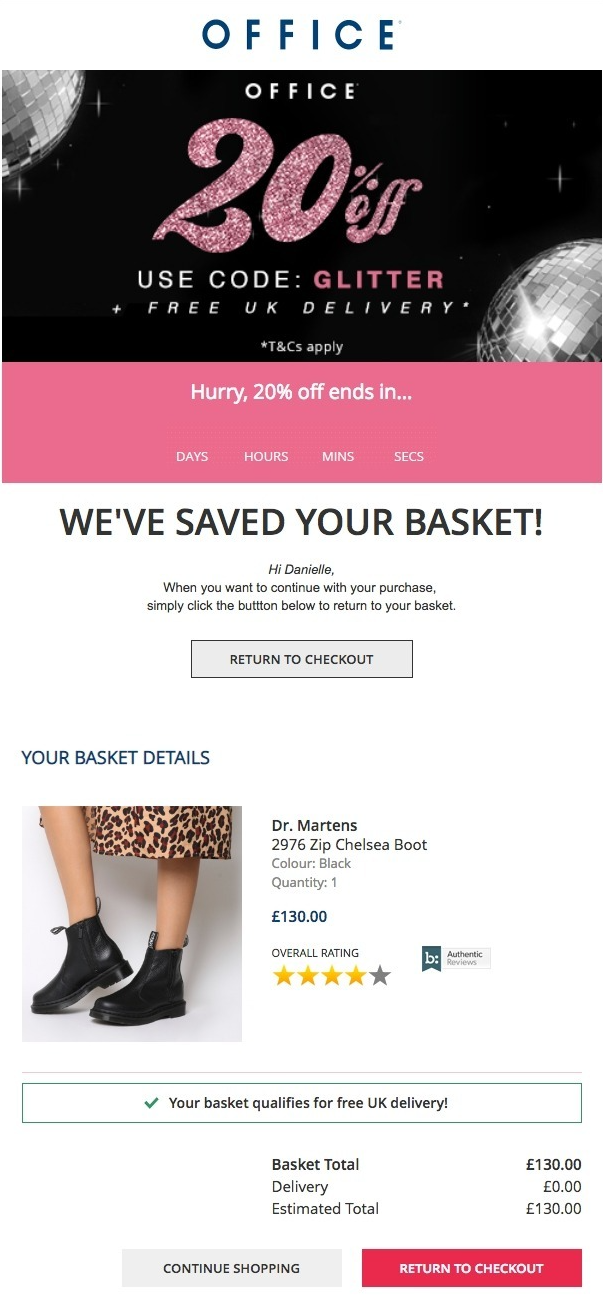

Basket abandonment email conversion rates are often higher than average around Black Friday, reaching 30% on Thanksgiving Day 2018 and 39% on Black Friday itself.
Speak to an expert
Learn how to convert your online audience into revenue with our experts.
Graham Charlton
Graham Charlton is Editor in Chief at SaleCycle. He's been covering ecommerce and digital marketing for more than a decade, having previously written reports and articles for Econsultancy. ClickZ, Search Engine Watch and more.
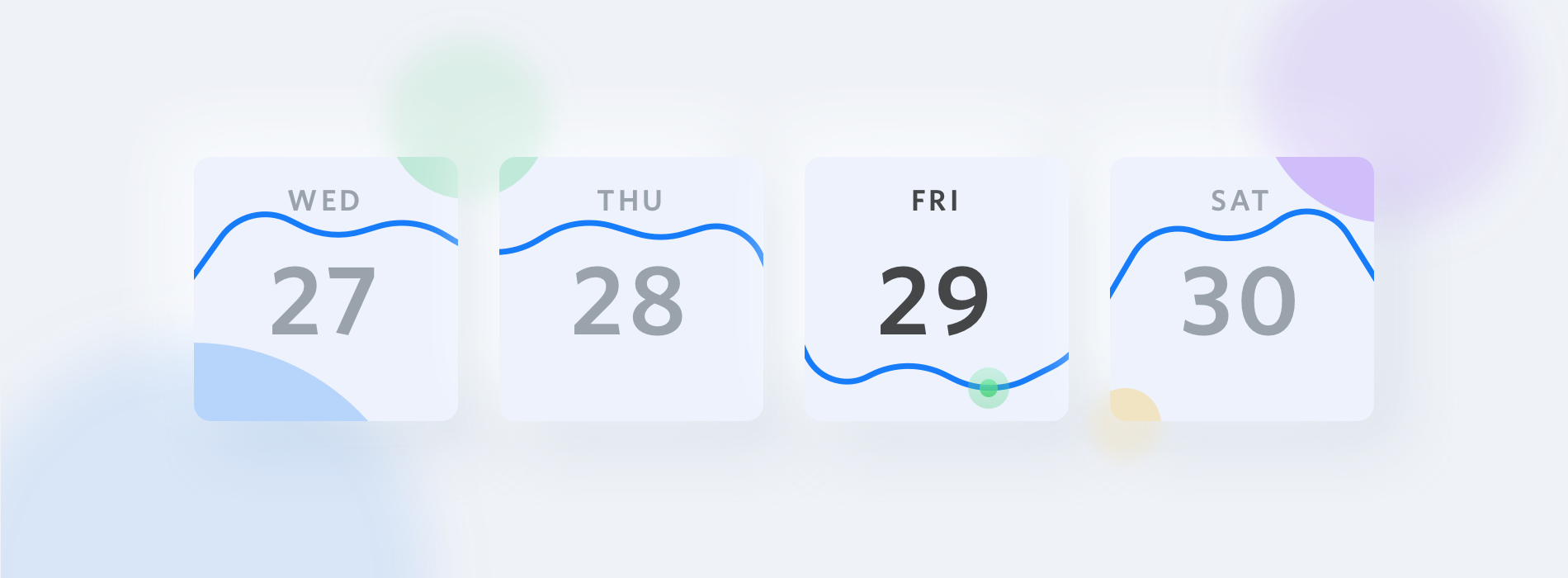







![Valentine’s Day Ecommerce Tips and Trends [2024 Strategy]](https://www.salecycle.com/wp-content/uploads/2019/01/valentines-ecommerce-1.png)



![How SaleCycle helped Vodafone increase their online sales by an additional 2,000 additional sales per month [Extended Version]](https://www.salecycle.com/wp-content/uploads/2023/08/vodafone-banner.webp)





